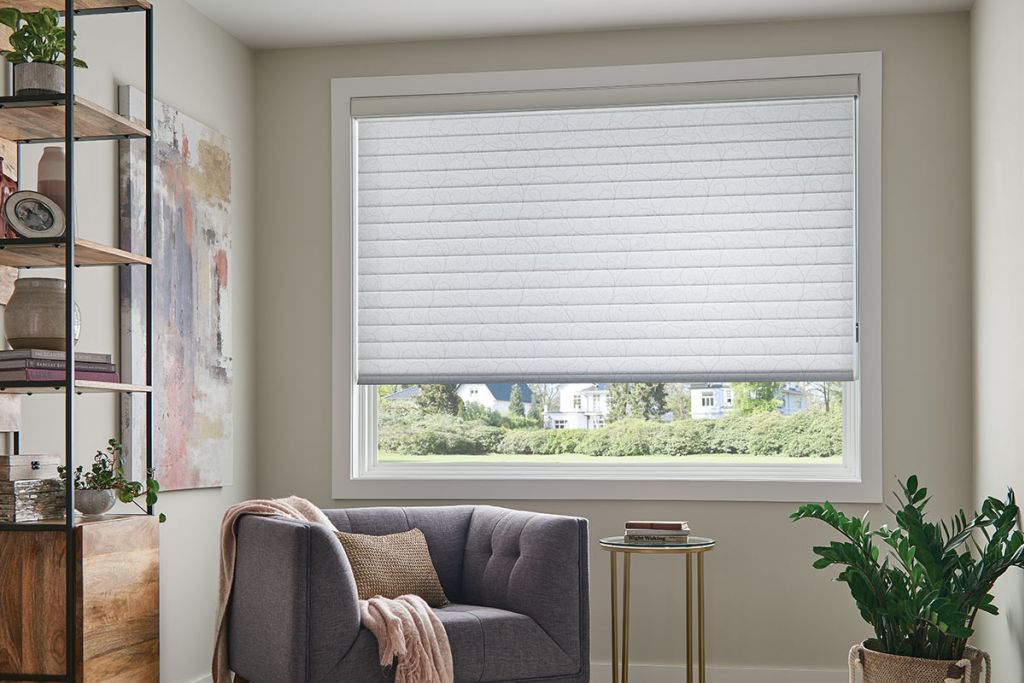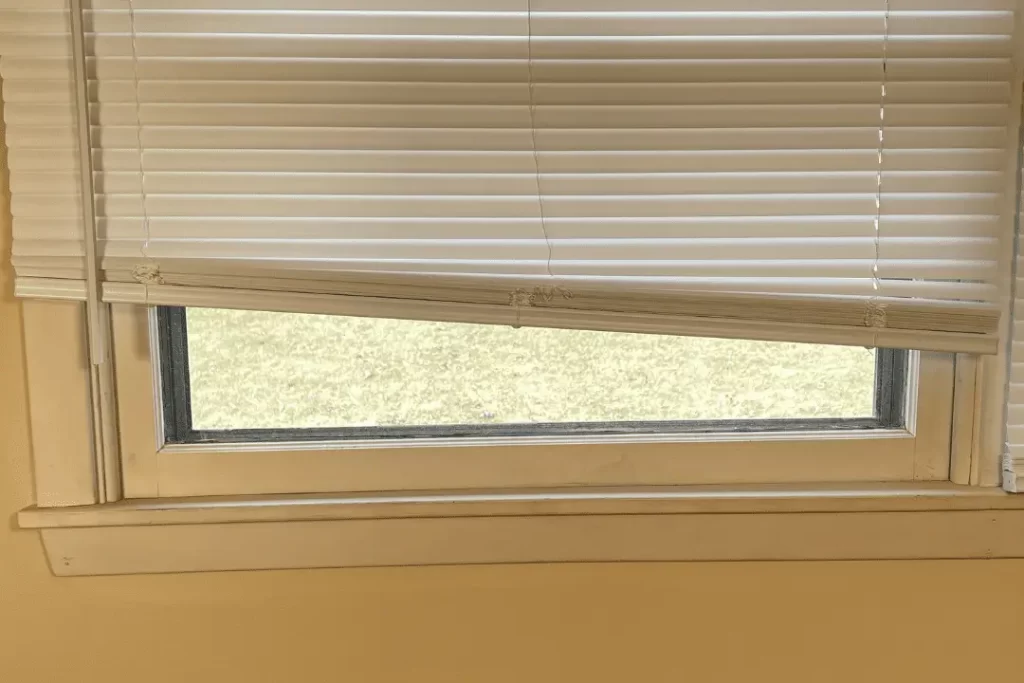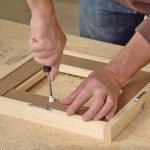Introduction to Cordless Blinds and Common Issues
Cordless blinds have become a popular choice for homeowners due to their sleek design, ease of use, and enhanced safety, especially in homes with children and pets. These blinds operate without the traditional cord mechanism, which can pose entanglement risks. Instead, they rely on a spring-loaded mechanism or a motorized system that allows the blinds to be raised or lowered with a simple push or pull. However, like any other home fixture, cordless blinds can sometimes encounter operational issues. One of the most common problems users face is that the blinds won’t raise. This can be frustrating and inconvenient, especially if the malfunction affects your home’s lighting and privacy. Understanding the mechanics behind cordless blinds and knowing how to troubleshoot these issues can save you time and money, and extend the life of your window coverings.

Understanding the Mechanism of Cordless Blinds
To effectively troubleshoot and fix cordless blinds that won’t raise, it is essential to comprehend how they work. Unlike traditional blinds, cordless variants use an internal mechanism involving springs or motors. When you pull down or lift the bottom rail of the blinds, the tension in the spring system adjusts, allowing the blinds to move smoothly up and down. In motorized blinds, a small, often battery-operated motor drives the movement. These mechanisms are designed to be both user-friendly and durable, but they can occasionally fail due to wear and tear, improper handling, or manufacturing defects. Recognizing whether your blinds use a spring-loaded system or a motorized one will help you pinpoint the problem more accurately and apply the appropriate solution.
Initial Inspection and Diagnosis
Before diving into more complex troubleshooting steps, start with a basic inspection. Check if there are any visible obstructions that could be preventing the blinds from moving. Sometimes, dust, debris, or foreign objects can get lodged within the blind slats or the headrail, causing them to jam. Also, ensure that the blinds are properly aligned and not skewed, as misalignment can hinder smooth operation. Gently tug on the bottom rail to see if there is any resistance or unusual stiffness. If your blinds are motorized, check the battery compartment and replace the batteries if necessary. Dead or weak batteries are a common cause of non-responsive motorized blinds. By conducting a thorough initial inspection, you can often identify and resolve minor issues without needing further intervention.

Checking the Spring Mechanism
If the initial inspection does not reveal any obvious obstructions or misalignments, the issue might lie within the spring mechanism itself. Over time, the springs inside cordless blinds can lose tension or become dislodged. To check the spring mechanism, carefully remove the blinds from the mounting brackets. Most cordless blinds can be taken down by lifting the headrail upwards to release it from the bracket clips. Once removed, examine the internal components of the headrail. Look for any signs of broken or loose springs. If you notice that a spring has become detached, you may be able to reattach it using pliers. In cases where the spring has lost its tension or is visibly damaged, you might need to replace it entirely. Replacement springs can often be purchased from the manufacturer or a local hardware store.
Addressing Motorized Blind Issues
For motorized cordless blinds that won’t raise, the problem typically involves either the power source or the motor itself. Start by ensuring the batteries are fresh and installed correctly. If replacing the batteries does not solve the issue, inspect the motor unit for any signs of damage or wear. Some motorized blinds have a reset button that can recalibrate the system; consult your user manual to see if this feature is available and try resetting the motor. Additionally, check the remote control (if applicable) for any malfunctioning buttons or connectivity issues. Sometimes, reprogramming the remote to the motor unit can restore functionality. If these steps do not resolve the problem, the motor may need professional servicing or replacement.

Reinstalling and Testing the Blinds
Once you have addressed the potential issues with the spring mechanism or motor, it is time to reinstall the blinds and test their functionality. Carefully reattach the headrail to the mounting brackets, ensuring it clicks securely into place. Before fully securing the blinds, test the raising and lowering mechanism to see if the issue has been resolved. If the blinds still do not raise, gently manipulate the bottom rail while observing any areas of resistance or stiffness. This can help you identify if there are remaining misalignments or internal blockages. If the blinds now function correctly, make sure to secure them firmly in the brackets and perform several test raises and lowers to confirm the fix is stable and reliable.
Preventative Maintenance Tips
To prevent future issues with your cordless blinds, regular maintenance is crucial. Periodically clean the blinds, focusing on both the slats and the internal mechanisms within the headrail. Dust and debris can accumulate over time, leading to blockages or wear on the components. For spring-loaded blinds, occasionally check the tension of the springs and adjust as needed to maintain smooth operation. For motorized blinds, ensure the batteries are replaced regularly and keep the remote control in good working order. Avoid applying excessive force when operating the blinds, as this can strain the mechanisms and lead to premature wear. By incorporating these preventative maintenance practices, you can extend the lifespan of your cordless blinds and reduce the likelihood of encountering operational issues.

When to Seek Professional Help
While many issues with cordless blinds can be resolved through DIY troubleshooting, there are situations where professional help is warranted. If you have attempted all the recommended steps and the blinds still won’t raise, or if you encounter complex mechanical problems beyond your expertise, it is advisable to contact a professional. Manufacturers often provide customer support and repair services, and some offer warranties that cover certain types of damage or malfunction. A professional technician can accurately diagnose the issue and perform any necessary repairs or replacements. Investing in professional assistance can save you time and ensure that your blinds are restored to optimal working condition.

Conclusion
Cordless blinds are a modern, safe, and aesthetically pleasing option for window coverings, but like any mechanical system, they can experience issues over time. When your cordless blinds won’t raise, it is important to systematically troubleshoot the problem, starting with a basic inspection and progressing to more detailed checks of the spring mechanism or motor. By understanding the operation of your blinds and following the steps outlined above, you can often resolve these issues on your own. Regular maintenance and careful handling will further ensure the longevity and smooth operation of your cordless blinds. However, do not hesitate to seek professional help when needed to avoid causing further damage and to restore full functionality to your window coverings.








